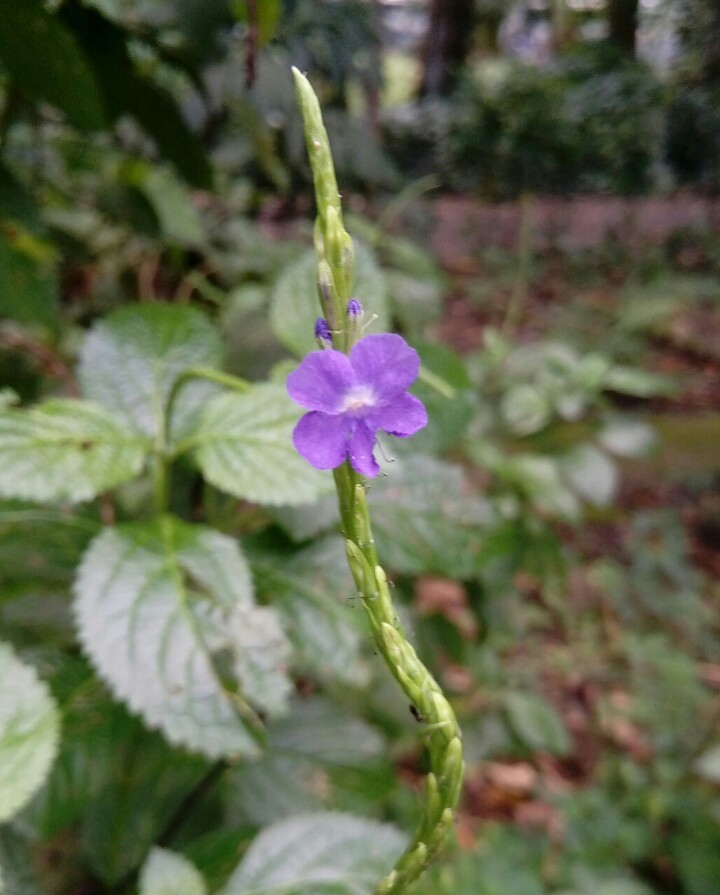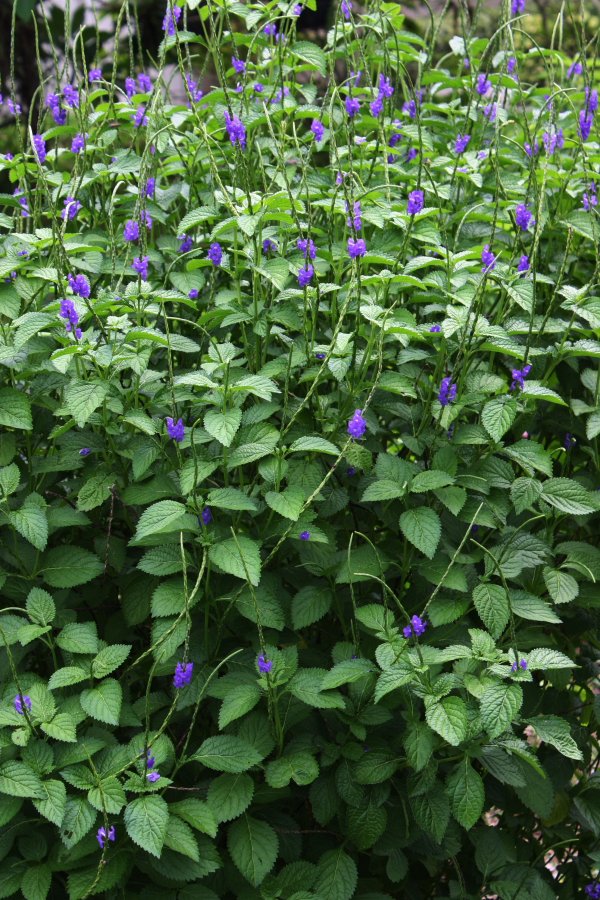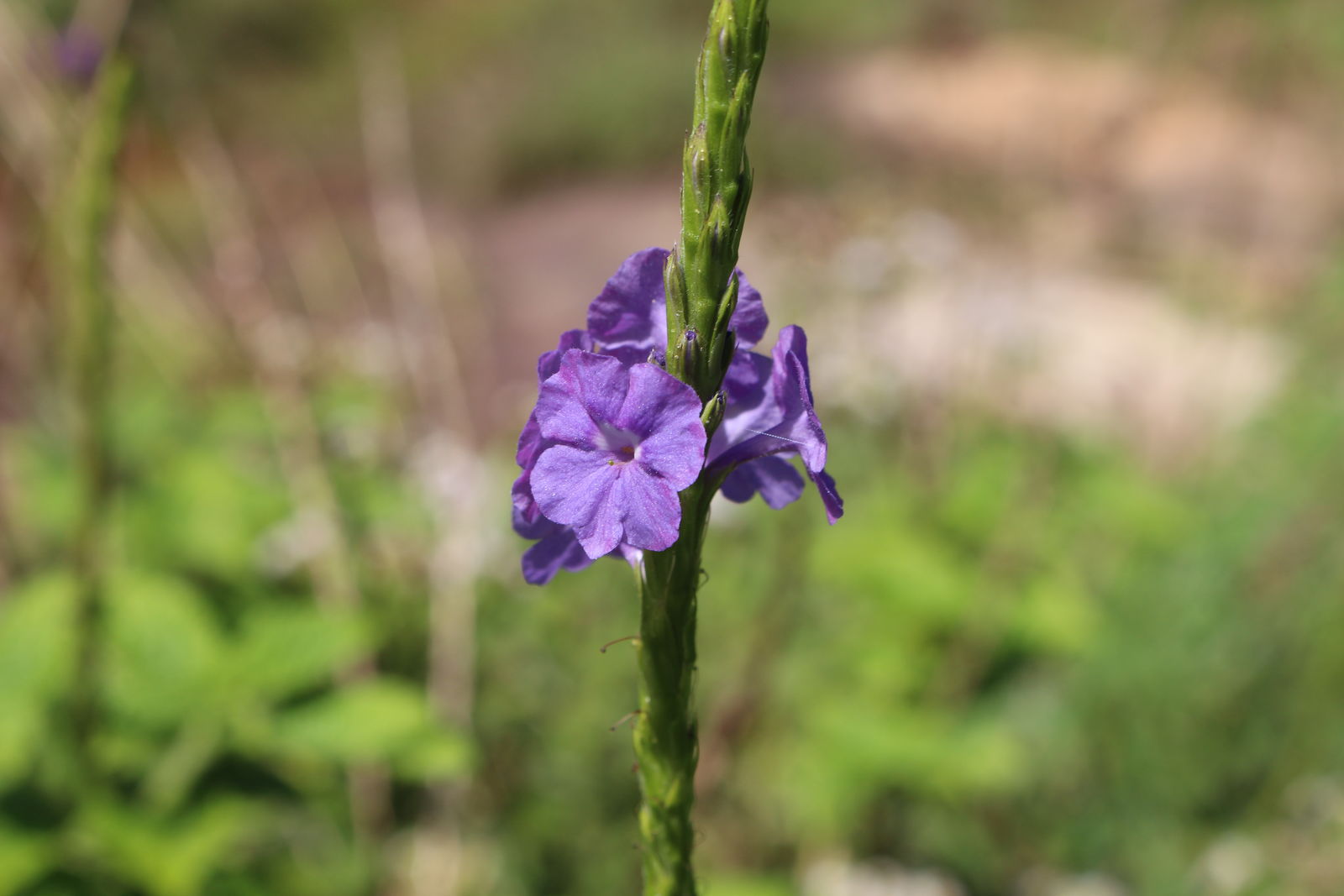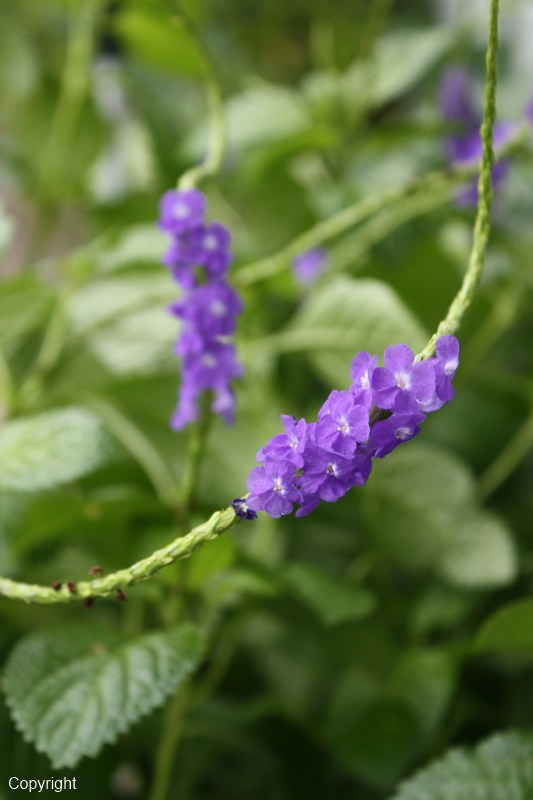
Stachytarpheta Urticifolia Plant with Purple Flowers Grows Wild Stock
Stachytarpheta urticifolia, the nettleleaf velvetberry, is a species of lavender plant in the verbena family. In some countries it is considered as an invasive weed. Introduction Stachytarpheta urticifolia

The Purple Flower of the Stachytarpheta Urticifolia Plant Stock Photo
The name porterweed is a reference to reported medicinal uses. A foaming, porter-like brew, much like beer, is made from at least one species in the Bahamas. The drink is used for fever, for "the cooling of the blood," as a wash for skin irritations, to relieve constipation, and for worms in children. Whether it works or not is open to conjecture.
Stachytarpheta urticifolia Sims by Elyachourtu Ali Imamou on 13 July 2016
Stachytarpheta urticifolia. Common Name. nettleleaf velvetberry. Kingdom. Plantae. Location in Taxonomic Tree . Genus. Stachytarpheta. Species. Stachytarpheta urticifolia. Identification Numbers. TSN: 32213. Geography. Working with others to conserve, protect and enhance fish, wildlife, plants and their habitats for the continuing benefit of.

Stachytarpheta urticifolia Pantropical weed from a Neotrop… Flickr
The native range of this species is Caribbean to N. Brazil. It is an annual or subshrub and grows primarily in the wet tropical biome. Taxonomy. Images. General information. Distribution. Synonyms. Publications. Other data.

Stachytarpheta urticifolia PictureThis
Blue porterweed is often confused with Stachytarpheta urticifolia, a non-native cousin that grows more aggressively and should not be planted. It also grows taller, as high as 5 feet (1.5 m.), and woodier, which makes it less effective as a groundcover. Blue porterweed, on the other hand, tends to reach 1 to 3 feet (31-91 cm.) in height and.

Stachytarpheta urticifolia Sims by Yahaya Ibrahim on 4 June 2014
Stachytarpheta urticifolia : A broadleaf evergreen perennial with purple and blue flowers in spring, summer, fall and winter. Attractive to butterflies. To grow well, it prefers sun and even moisture water. Plant type: perennial Plant family: #Verbenaceae Mature size: 30 FT - 6 FT - wide, 3 FT - 6 FT - tall Flowers: purple and blue blooms in spring, summer, fall and winter USDA Zones: 9a - 10b.

Blue Porterweed Stachytarpheta Urticifolia Seeds Butterfly Etsy
S. urticifolia is native to tropical Asia. Native plant nurseries in central and southern Florida should ensure that they are only offering Stachytarpheta jamaicensis, Jamaica porterweed. Hopefully, a modern monograph of this genus will help us better understand this interesting group of plants, the so-called porterweeds. • • •

Yard, Garden & Outdoor Living Seeds & Bulbs 60 Stachytarpheta
This datasheet on Stachytarpheta urticifolia covers Identity, Overview, Distribution, Dispersal, Diagnosis, Biology & Ecology, Environmental Requirements, Natural Enemies, Impacts, Uses, Prevention/Control, Further Information. Identity Preferred Scientific Name Stachytarpheta urticifolia (Salisb.) Sims Preferred Common Name rattail

Blue Porterweed, Stachytarpheta urticifolia, Seeds. Butterfly
About the only thing to do is be diligent and prune the affected stems before the caterpillar (in the banner picture) changes into a moth (see image below) and procreates more offspring that will damage more stems. Cut the stems into 2 inch long fragments to kill larvae. I'm not sure if the native porterweed is affected.

Stachytarpheta urticifolia Sims (Flore mondiale) identify
Stachytarpheta urticifolia stak-ih-TAR-fet-ah ur-tiss-ih-FOE-lee-ah Audio This pest-free perennial blooms best during warm months. It is strange how these small blue flowers attract butterflies more than large-blooming, showy neighbors. Blue porter weed gradually reseeds nearby for a fresh batch of new plants.

Stachytarpheta urticifolia Sims by Ben Djadid Ali Tamou on 18 December 2016
Location: See this plant on the south side of building 832 B. Size: Herbaceous perennial to about three to four feet tall. Care Instructions: Light: full sun to part shade Water: average water requirements, tolerates some drought Soil: very adaptable As a perennial, this porterweed is at its northern limit in Jacksonville.

Stachytarpheta Urticifolia Es Una Planta Floreciente De La Familia
Included. The current Computer Vision Model knows about this taxon, so it might be included in automated suggestions with the "Visually Similar" label. Stachytarpheta urticifolia, the nettleleaf velvetberry, is a species of flowering plant in the verbena family. In some countries it is considered as an invasive weed.

STACHYTARPHETA URTICIFOLIA 17 12 2015 1144 Plantaholic Sheila Flickr
Description Global description Stachytarpheta urticifolia is a branched erect herbaceous plant that measures up to 1.50 meters high. The leaves are opposite, simple, long-stalked with ovate blade, pointed tip, attenuated base extending on the petiole, serrated margin. The dark blue flowers are spread along a thin, elongated flowering spike.
Stachytarpheta urticifolia (Salisb.) Sims [Species] Images
Stachytarpheta is a large genus of predominantly Neotropical herbs and shrubs in the vervain family (Verbenaceae). Collectively referred to as porterweeds, the genus name derives from the Greek 'stachys', meaning spike and 'tarphys,' meaning thick and alludes to the thick, often elongate inflorescence upon which the flowers are borne.

Stachytarpheta urticifolia Sims Plants of the World Online Kew Science
Plant Name Scientific Name: Stachytarpheta spp. Common Names: Porterweed, Snakeweed, Velvetberry, Rat's Tail Plant Characteristics Duration: Annual, Perennial Growth Habit: Subshrub, Herb/Forb Hawaii Native Status: Introduced. These naturalized wildflowers are native to the tropical Americas. Flower Color: Light to dark blue, White

Exotische Nutz und Zierpflanzen Stachytarpheta urticifolia
Stachytarpheta urticifolia, the nettleleaf velvetberry, [2] is a species of lavender plant in the verbena family. In some countries it is considered as an invasive weed. [citation needed] References ^ "The Plant List: A Working List of All Plant Species". Retrieved 25 September 2015. ^ USDA, NRCS (n.d.). "Stachytarpheta urticifolia".